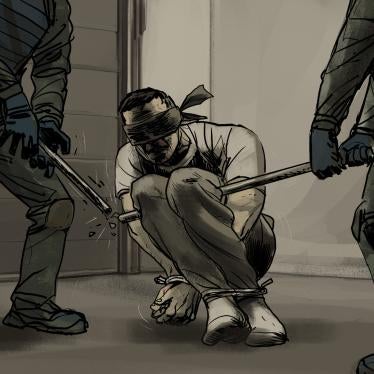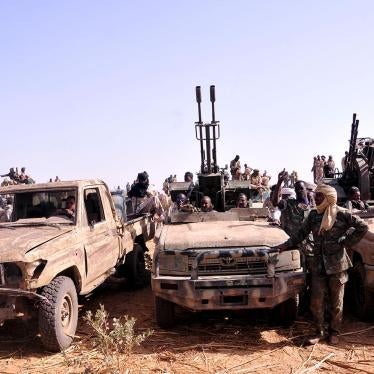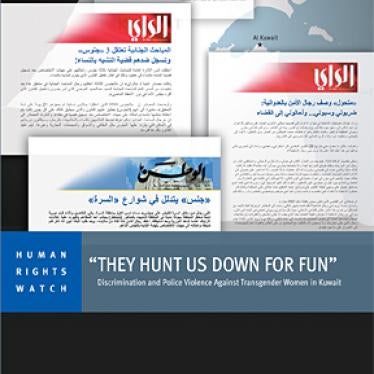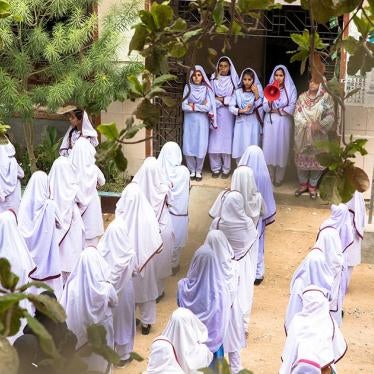Last week, armed men suspected to be from the militant Islamist group Boko Haram attacked a school in northern Nigeria at night, while the students boarding there were sleeping. The attackers reportedly set buildings on fire, burning and shooting to death dozens of schoolboys. This is neither an isolated event for the group, which has burned more than 300 schools since 2012, nor an aberration in modern warfare.
Our new report Education under attack 2014 takes an in-depth look at how schools and universities, teachers and students are intentionally targeted in conflicts worldwide. The study was conducted by the Global Coalition to Protect Education from Attack, a coalition of non-governmental organisations and three United Nations agencies that have been working together for four years to improve international awareness for preventing and responding to such attacks.
The coalition looked at attacks from 2009 to 2013 in 30 countries stretching from Colombia to Indonesia and found a pattern of intentional attacks on educational buildings and students, teachers, and academics. Hundreds of students and educators have been killed; many more injured. Hundreds of thousands of people have been denied an education, or study and teach in fear.
The reasons for attacks vary. In Afghanistan, with more than 1,000 school-related attacks in the last five years, schools may be the only government buildings in remote areas – and armed groups may attack them as symbols of the state. In many parts of the world, attacks on schools and individual students and teachers reflect violent opposition to ideas deemed to be foreign. In southern Thailand, for example, Muslim separatists have assassinated teachers and burned and bombed schools in part because they perceive state schools as imposing the state religion – Buddhism – the national language Thai; and a contested version of history.
But in Afghanistan, Thailand, and elsewhere, schools are also attacked because of the presence of enemy troops. Schools were used for military purposes in 24 of the 30 countries the report profiled. These purposes include bases, barracks, weapons depots, sniper posts, training grounds, detention and even torture centers.
While government forces may consider schools to be just another form of state property open to their use, and armed groups are attracted by the protection afforded by solid school buildings, the harm for children is too often overlooked. Military occupations may displace children, forcing them to travel to other more distant schools or leaving them without an education entirely. Or soldiers may take over only part of the school, forcing children to study in just a few classrooms, sometimes without toilets. This creates a wholly inappropriate environment for children, with parents especially likely to withdraw their girls.
Worse, the presence of soldiers can place children and their teachers at risk of attack by opposing forces. In Syria, for example, both sides have used schools, and the government has bombed and fired on schools used by armed opposition fighters – although it often has also attacked schools with no enemy presence. Even if a school is not functioning when troops take it over, once attacked it may remain unrepaired and unusable long after the troops are gone and civilians return.
There is growing recognition that military use of schools should be curbed to prevent further harm to students, teachers and educational facilities. The UN Security Council in 2009 urged warring parties to refrain from using schools for military operations, and in 2011 asked the secretary-general to monitor and report back to it annually on the practice. The UN Department of Peacekeeping Operations changed its infantry battalion manual in 2012 to prohibit peacekeepers from using schools in their operations. And over the past year the UN special representative on children and armed conflict has repeatedly called on countries not to use schools for military purposes. Several countries also have good laws and military policies protecting schools or universities from military use.
These important steps should be consolidated and translated into clear standards that can be broadly applied. Over the past two years, the members of the coalition and experts from several supportive governments have been working to develop the draft Lucens Guidelines for Protecting Schools and Universities from Military Use during Armed Conflict. These six guidelines draw on international human rights and humanitarian law as well as good practice to protect schools from warfare, even in the heat of battle. They constitute a clear and reasonable set of rules that both government forces and non-state armed groups can follow.
Individual European Union member states should in upcoming months help finalise and endorse these guidelines, and put them into effect in their own laws and military policies. The EU should incorporate the Lucens Guidelines into its own guidelines on children and armed conflict and the rules of engagement for all EU forces engaged in operations under the Common Security and Defence Policy. In addition, Europe should incorporate the guidelines and the best practices they reflect into all its military assistance and training programs. Schools should be safe zones, even in the midst of armed conflict. Clear guidance rooted in law and best practice that all parties can follow would help.







